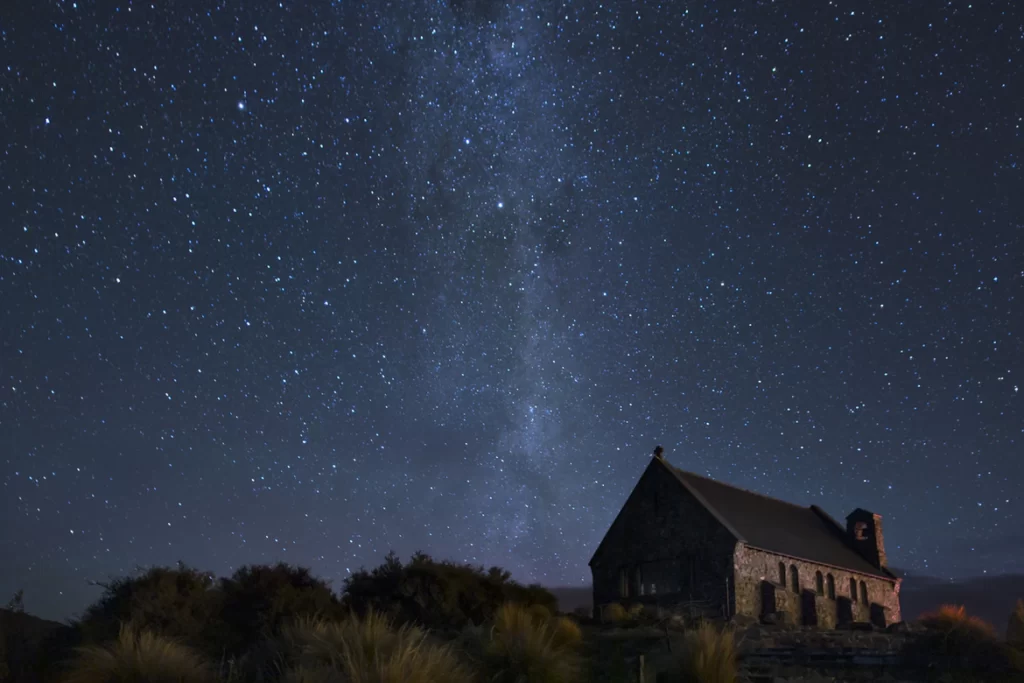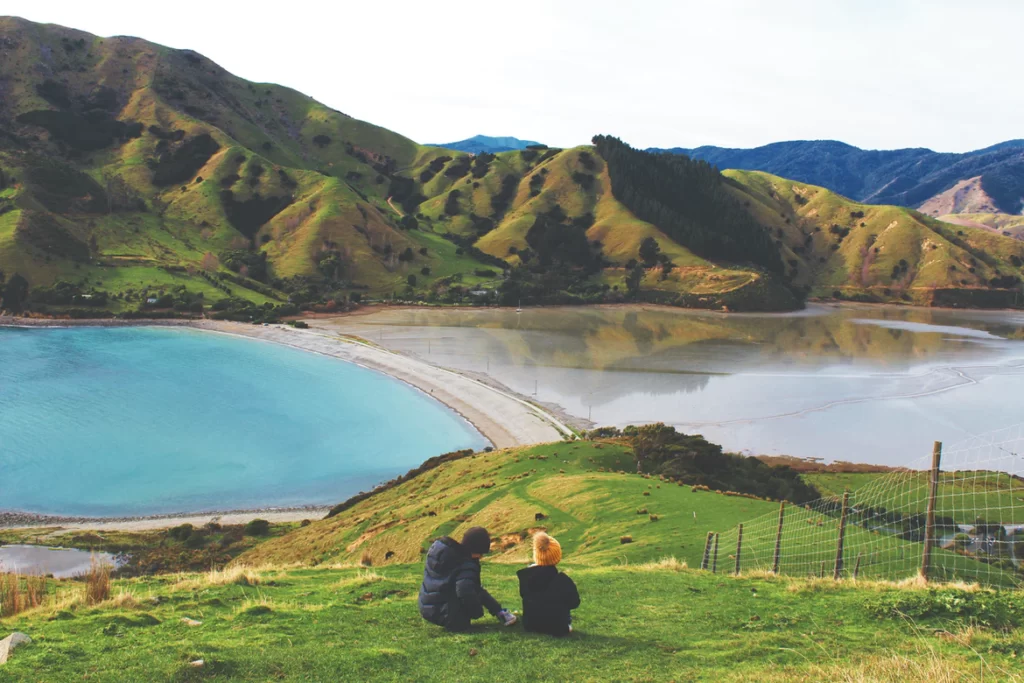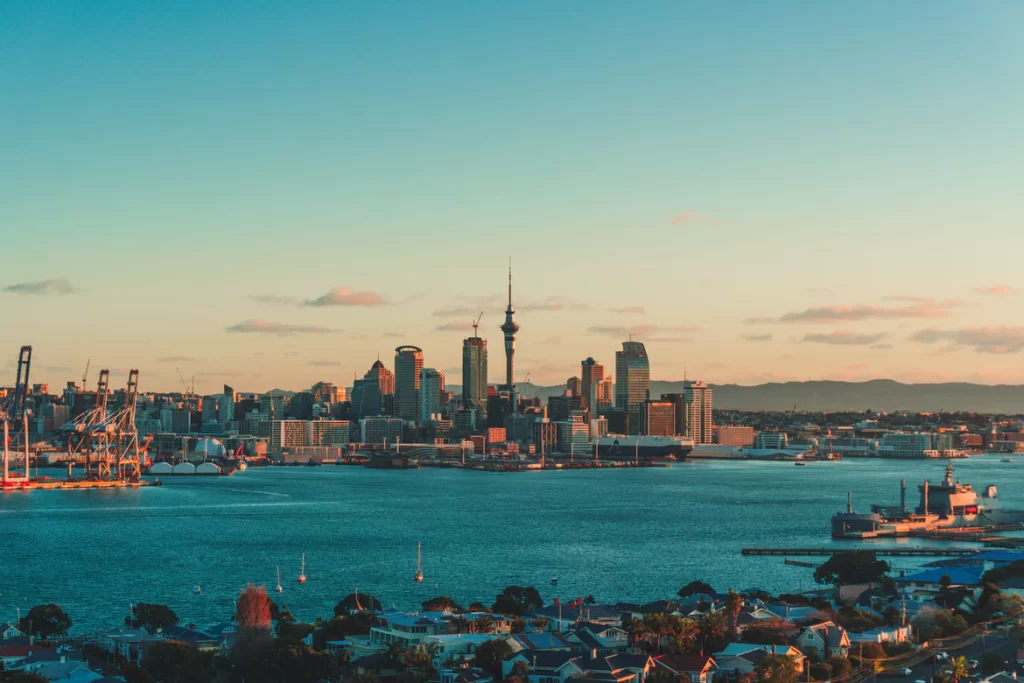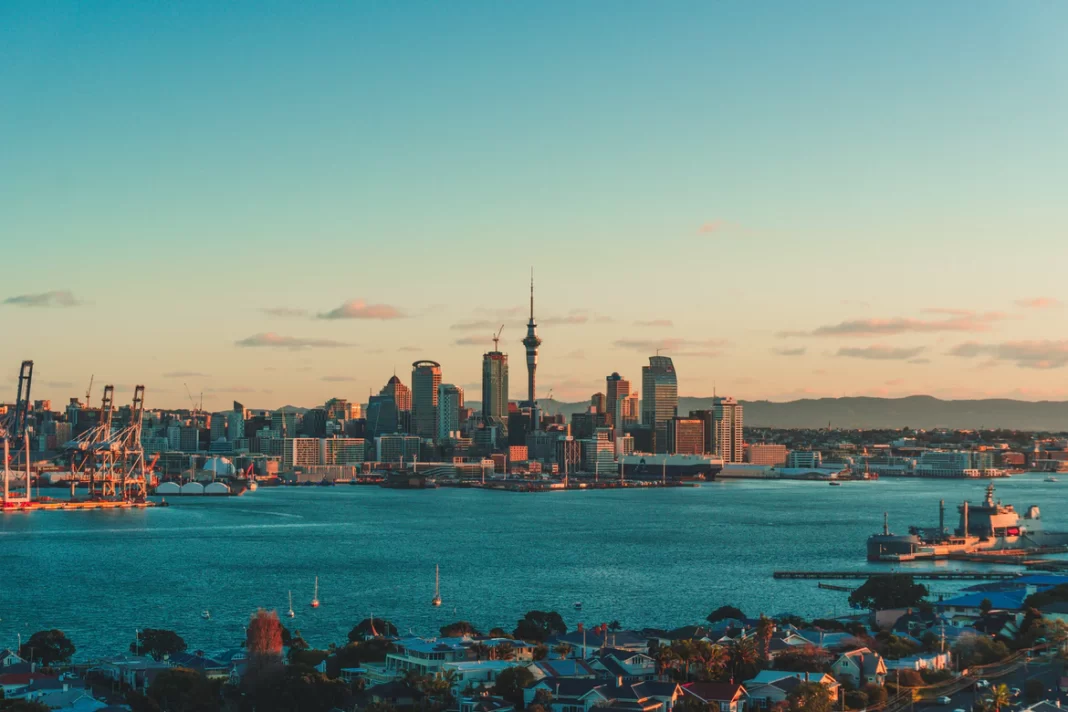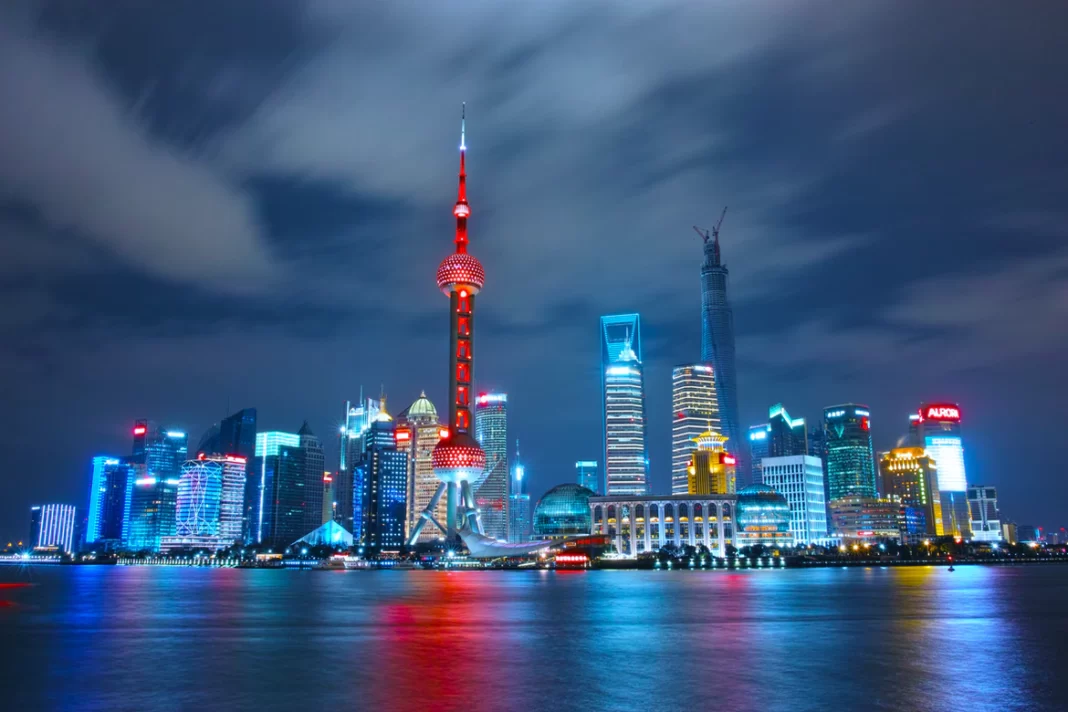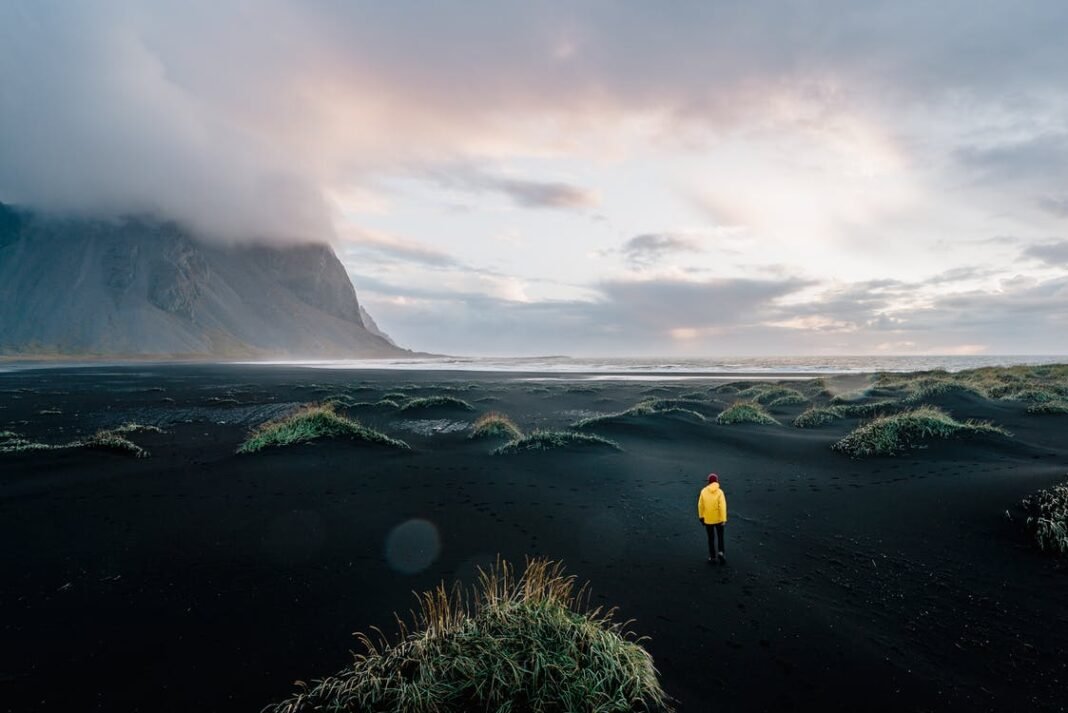New Zealand is an island country located in the southwestern Pacific Ocean. It consists of two main landmasses—the North Island and the South Island—and around 600 smaller islands. New Zealand has a population of just over 4.8 million people.
The majority of New Zealand’s population is of European descent, with the largest ethnic group being Europeans of British ancestry. Other significant groups include Māori, Asians, and Pacific Islanders. New Zealand has a temperate climate, with generally warm summers and cool winters. The country experiences a high amount of rainfall, especially in the western regions of the North Island.
There are many different things to see and do in New Zealand. The country is renowned for its natural beauty, with a wide range of landscapes including mountains, forests, beaches, and rivers. New Zealand is also home to several unique wildlife species, such as the kiwi bird and the tuatara lizard.
If you are planning a trip to New Zealand, the best time to go will depend on your interests and what you hope to see and do while you are there. Here is a guide to the best times to go to New Zealand, based on different activities and attractions.
New Zealand travel restrictions
New Zealand will be re-opening its borders to tourists in June 2022. The country has been closed off to travelers since March 2020 due to the Covid-19 pandemic. All visitors will need to present a negative PCR test before entry and will be required to quarantine for 14 days upon the arrival.
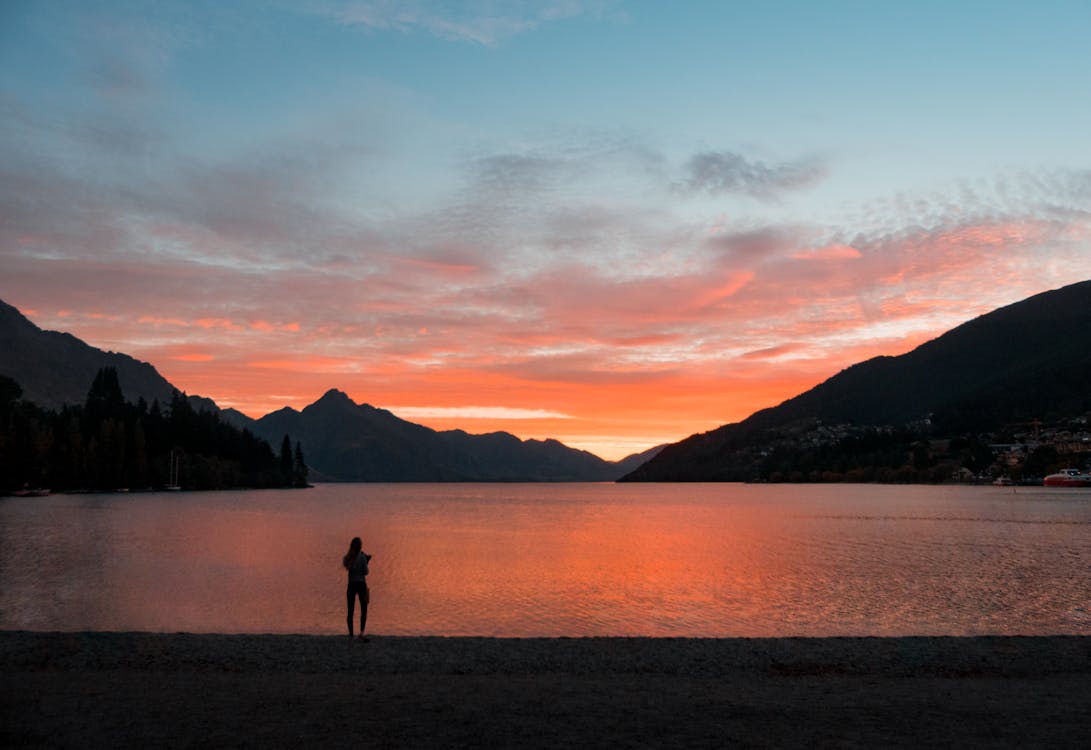
New Zealand temperature by month
January, February, March
The temperature in New Zealand during January, February, and March is relatively cool. The average high temperature during this period is 21 degrees Celsius (70 degrees Fahrenheit). However, the average low temperature can dip as low as 10 degrees Celsius (50 degrees Fahrenheit), so be sure to pack some warm clothes.
April, May, June
The weather in New Zealand during April, May, and June is starting to warm up. The average high temperature during this period is 25 degrees Celsius (77 degrees Fahrenheit). However, the average low temperature can dip as low as 13 degrees Celsius (55 degrees Fahrenheit).
July, August, September
The weather in New Zealand during July, August, and September is pleasant and clear. The typical high temperature during this time is 28 degrees Celsius (82 degrees Fahrenheit). The average low temperature may drop as low as 16 degrees Celsius (61 degrees Fahrenheit) on occasion.
October, November, December
The average high temperature during October, November and December is 25°C (77°F). The average low temperature, on the other hand, may drop as low as 13°C (55°F).
Best time to visit New Zealand and Australia
The best time to go to New Zealand depends on your preferences. If you want to experience the warm weather and long days of summer, the best time to go to New Zealand and Australia is December through February. However, this is also the busiest time of year, so be prepared for crowds.
Alternatively, if you prefer cooler temperatures and shorter days, March through May is a great time to visit. Keep in mind that this is also the rainy season in many parts of Australia, so pack your raincoat. Ultimately, the best time to visit these countries is whenever you can get there. These countries are amazing any time of year.
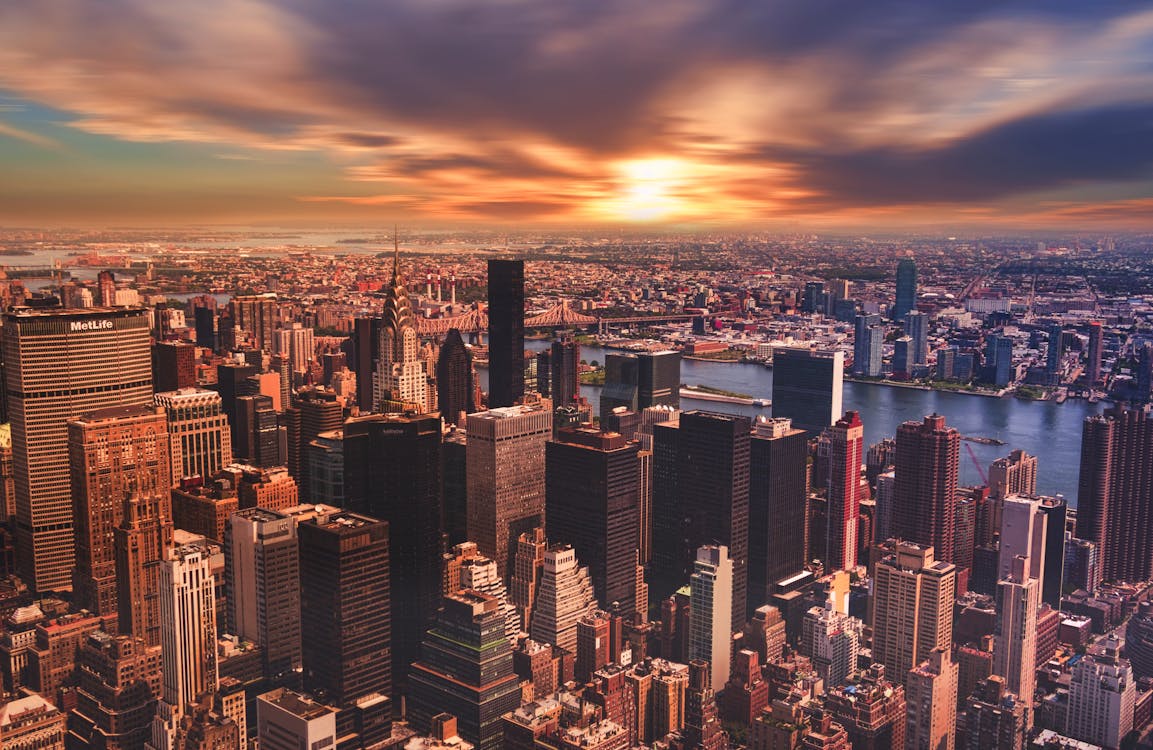
Cheapest time to visit New Zealand
If you are looking to visit New Zealand on a budget, the best time to go is during the shoulder season. This is the period between the peak tourist season and the off-season when prices are lower but the weather is still good. The shoulder season in New Zealand runs from March to April and October to November.
During these months, you will be able to find cheaper flights and accommodation. However, it is important to book early as the most popular dates can fill up quickly. With careful planning, you can save money and enjoy all that New Zealand has to offer.
Best time to visit New Zealand south island
The best time to visit New Zealand’s south island depends on what you’re looking for. If you’re looking to experience the island’s natural beauty, spring is the ideal time to visit. The days are longer, and the weather is milder, making it perfect for hikes and other outdoor activities.
If you’re interested in seeing New Zealand’s unique wildlife, autumn is a good time to go. Yellow-eyed penguins can be spotted along the coast, while tui and bellbirds can be seen in the forests.
And of course, no trip to New Zealand would be complete without a visit to Milford Sound. Carved by glaciers during the ice age, this UNESCO World Heritage Site is best experienced by a boat. Whether you’re looking for excitement or calm, the South Island of New Zealand has something to offer everyone.
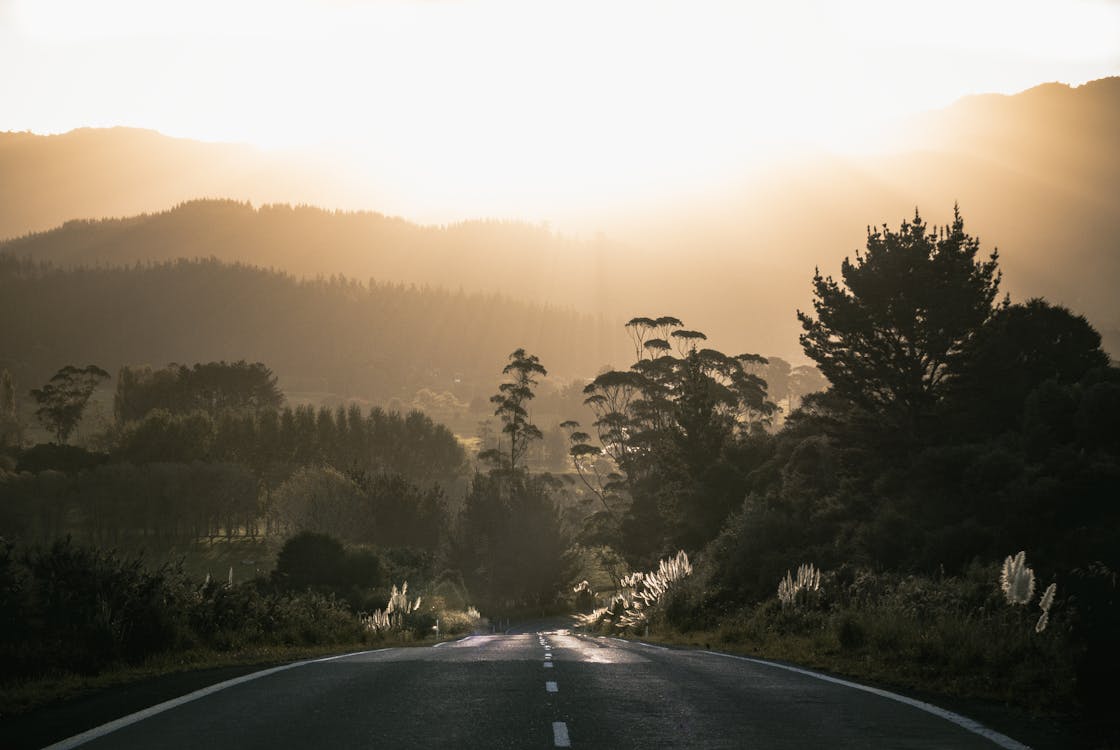
Most Frequently asked questions about New Zealand
What currency is used in New Zealand?
New Zealand uses a currency called the New Zealand dollar (NZD). The NZD is subdivided into 100 cents, and coins come in denominations of 5, 10, 20, and 50 cents, as well as $1 and $2. banknotes come in denominations of $5, $10, $20, $50, and $100. The NZD is one of the most traded currencies in the world, and it is also used in many other countries, including Fiji, Niue, the Cook Islands, and Tuvalu.
How big is New Zealand?
With a total land area of 268,000 square kilometers, New Zealand is about the same size as Japan or the British Isles. Despite its relatively small size, New Zealand has a diverse range of landscapes, from subtropical forests to glaciers and fiords. As a result, it has become a popular destination for outdoor enthusiasts from all over the world.
What is the landscape like in New Zealand?
One of the most popular tourist destinations is Queenstown, which is situated on the shores of Lake Wakatipu and surrounded by the Southern Alps. The nearby village of Glenorchy is often referred to as the “gateway to paradise,” and it’s not hard to see why; the scenic drive from Queenstown takes you through lush rainforests and past towering mountains, before opening up into a stunning valley with sweeping views of Mt. Aspiring National Park. Further north, you’ll find the capital city of Wellington, nestled between picturesque hills and located on the coast of beautiful Wellington Harbour. No matter where you go in New Zealand, you’re sure to be amazed by the beauty of the landscape.
What are the people like in New Zealand?
The people of New Zealand are some of the friendliest and most welcoming you will ever meet. They are always up for a chat, whether it’s about the weather, their country, or your travels. You’ll quickly find that New Zealanders are very down-to-earth and easy to get along with. And, of course, they are all about having a good time.
What is the food like in New Zealand?
New Zealand is home to some of the freshest and most delicious food in the world. The country’s temperate climate and ample rainfall create perfect conditions for growing fruits, vegetables, and grains. New Zealand’s beef and lamb are also renowned for their quality, as the grassy pastures provide the perfect diet for raising livestock.
Seafood is another popular option in New Zealand, as the country’s long coastline provides plenty of opportunities for fishing. In addition, New Zealand is known for its award-winning wines, which are produced from grapes grown in the sunny climate of the Central Otago region. Whether you’re looking for fresh seafood, succulent meats, or delicious vegetables, you’re sure to find something to your taste in New Zealand.
Are there any dangers in New Zealand?
While New Zealand is generally considered a safe place to travel, there are still some risks to be aware of. The most common danger in New Zealand is scrapes and bruises from falls. With its large number of hiking trails and outdoor activities, it’s not surprising that slips and trips are the most common type of injury in the country.
To avoid getting hurt, be sure to wear appropriate footwear and take care when walking on uneven ground. In addition, New Zealand’s terrain can make driving a challenge, so it’s important to be cautious on the roads. The good news is that with a little care and attention, you can enjoy your time in New Zealand without any problems.


